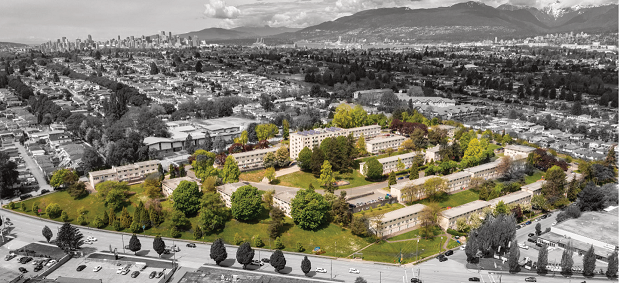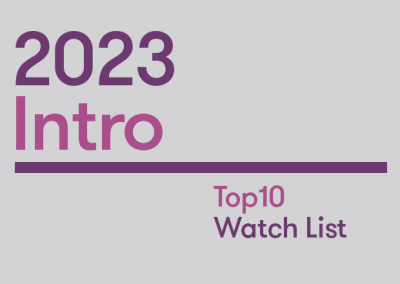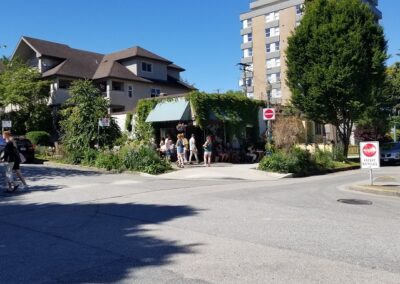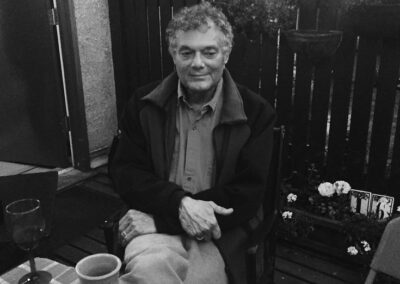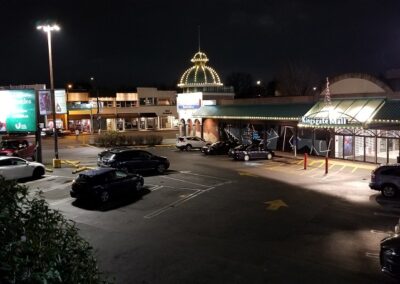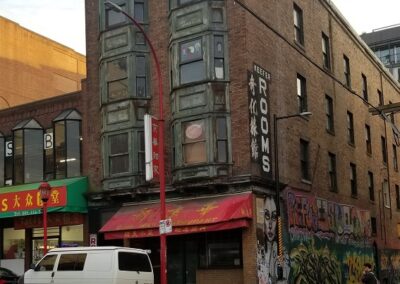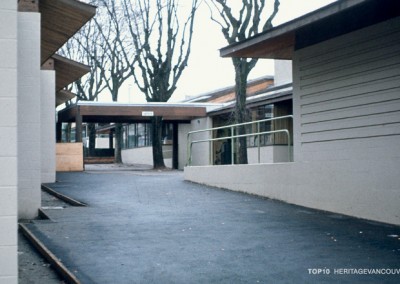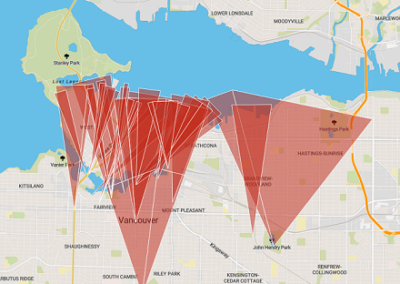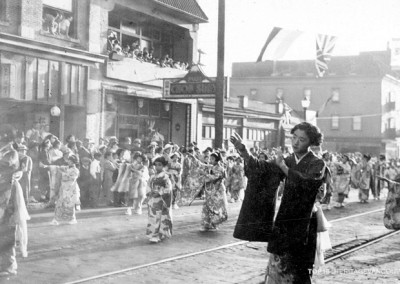Skeena Terrace, located at 2298 Cassiar off Lougheed Highway, East 5th and Skeena St. is a 10.8 acre site planned for large-scale redevelopment due to its close proximity to the Skytrain Rupert Station.
BC Housing is intending to replace the 230 homes currently there with a little over 1900 homes, two-thirds of which will be affordable rental as defined by CMHC, and one third market rental.
The current homes are subsidized Rent-Geared-to-Income homes. As with other transit-oriented developments, the site mixes uses so that it will have retail, residential, and tenant amenities such as childcare, garden and green spaces together on the same site.
About
Skeena Terrace is a housing project completed in the 1960s and was one of the first housing projects operated by BC Housing. Currently around 600 tenants are living in this community including families, seniors, and children.
The urban-renewal in the 1960s planned by the City of Vancouver for the north and south sides of Strathcona envisioned mass demolition of existing homes and the relocation of “10,000 people in apartment units, family row houses, and two 10-story dormitories.” In the end, three main projects materialized: MacLean Park, Raymur Place and Skeena Terrace.
Skeena Terrace, which is about eight kilometres from Strathcona, was intended to be overflow housing for the families that lost their homes through urban-renewal. However, since the community members of Strathcona vehemently resisted the renewal plan, most of the members who applied for the Skeena Terrace housing were from other parts of Vancouver.
A project by the firm Underwood, McKinley, Cameron, Wilson & Smith, the design of the buildings and site planning reflects the modernists ideas of the mid-century. Row houses and a mid-rise building are separated by large amounts of open green space in a garden-like setting reinforcing community connection to green space.
The box-like buildings were simply designed, institutional in appearance without much detailing and ornamentation reflecting a focus on rationality, efficiency and economy. The landscape of Skeena Terrace was designed by celebrated landscape architect Cornelia Oberlander and has been recognized as a notable landscape from the 20th century by the Cultural Landscape Foundation. Notable is the ring of deciduous trees around the site’s perimeter forming an expansive canopy.
Why on Top10
While Raymur Place and Maclean Park have stronger associations with “slum clearance” due to its location in the neighbourhood, it is easy to overlook Skeena Terrace because of its distance from Strathcona. It is important that we remember this “slum clearance” history of the city. Presented as progress using words like “urban revitalization”, the rebuilding of Strathcona as an urban rehabilitation project destroyed places and communities, in particular, Hogan’s Alley and the black community. SPOTA and the Chinese Community’s fight against the freeway has been well-documented.
Dr. Leonard Marsh, an established researcher and Canadian government policy advisor, made “slum clearance” sound perfectly logical, benevolent and necessary in his influential report Rebuilding a Neighbourhood:
The clearance of slum areas, however, is important in its own right. It attacks intolerable conditions and unnecessary misery and corruption, and it attacks them at their core. Slum clearance is also the key to the conquest of blight. In fact, the problems of modern cities are such that urban rehabilitation rather than “slum clearance” is a much more adequate description of the task.
Skeena Terrace is also an important part of the public history of public housing in Vancouver. While it originates from “slum clearance”, Skeena Terrace does represent the era of the welfare state in Canada, especially in housing.
There is a plaque from 1963 at Skeena Terrace marking the 12 acre site as “the site for low rental housing to be built by the federal and provincial government in partnership.” In 1967, there were six public housing projects in Vancouver including Little Mountain (which was not created due to “slum clearance”) off Main and 33rd Ave which is still without the promised replacement social housing units after it was demolished in 2009 by the private developer the provincial government sold it to.
Today Vancouver relies on the market for housing and there are and have been vocal arguments made that the market is best suited to deliver housing. Related to this is the importance that Skeena Terrace remains publicly owned housing for people with low incomes.
The Globe and Mail headlined an article in 2021 with BC Housing aims to avoid mistakes of Little Mountain in redevelopment of Skeena Terrace social-housing site. The article draws attention to the increase in affordable social housing units (2/3 affordable vs 1/3 market), existing tenants having a choice to stay, and the land remaining public as some positives of the Skeena Terrace Plan.
According to the plan, “BC Housing has committed to a Tenants-First approach in every aspect of the redevelopment.” Many of the current tenants include seniors, families with children, and a range of ethnic and cultural backgrounds. Design-wise, the plan states that the historical design that tenants identified as defining for them such as amenities (gardens, community spaces, landscaping etc) would be honoured in the new design as a way of sustaining collective memory.
Additional Resources
https://www.theguardian.com/cities/2016/may/09/story-cities-38-vancouver-canada-freeway-protest-liveable-city
https://www.cbc.ca/news/canada/british-columbia/holborn-property-city-concessions-1.7015141
https://www.cbc.ca/news/canada/british-columbia/little-mountain-council-analysis-1.7015442
https://www.thecanadianencyclopedia.ca/en/article/hogans-alley
https://www.theglobeandmail.com/canada/british-columbia/article-bc-housing-aims-to-avoid-mistakes-of-little-mountain-in-redevelopment/
https://vancouver.ca/home-property-development/skeena-terrace-planning-program.aspx
https://www.hogansalleysociety.org/
https://www.tclf.org/skeena-terrace
We acknowledge the financial assistance of the Province of British Columbia
